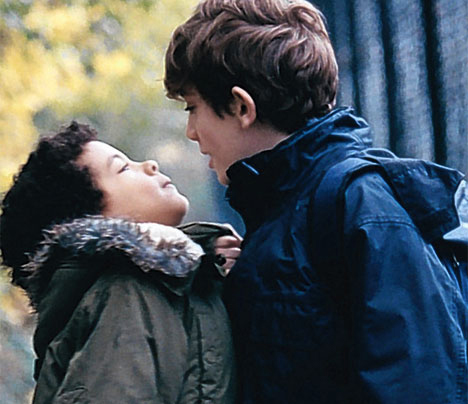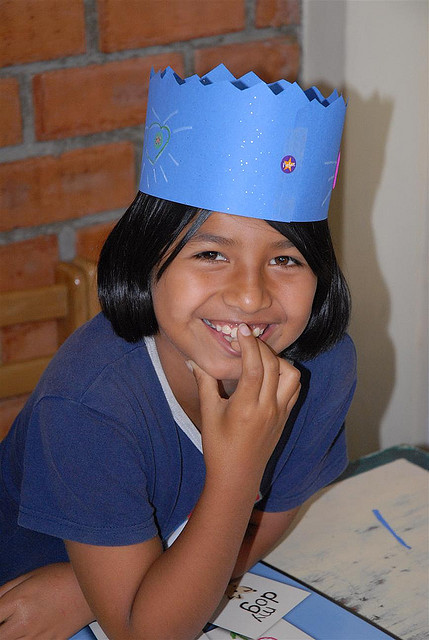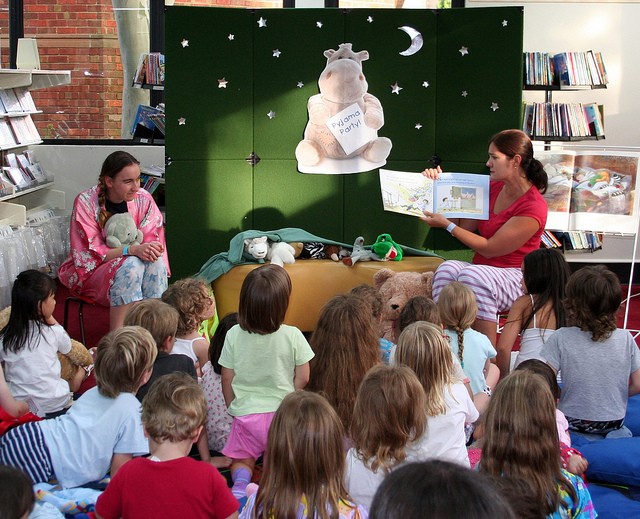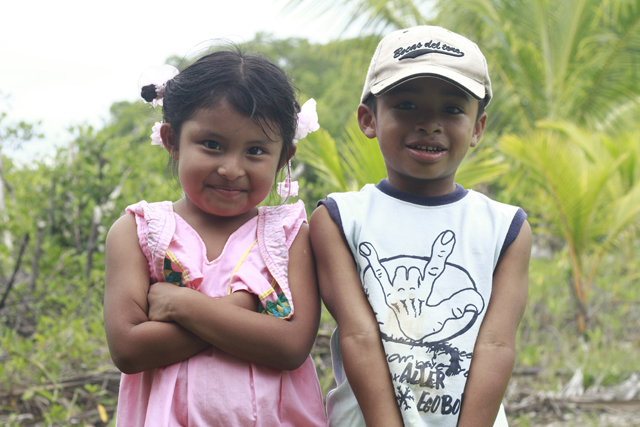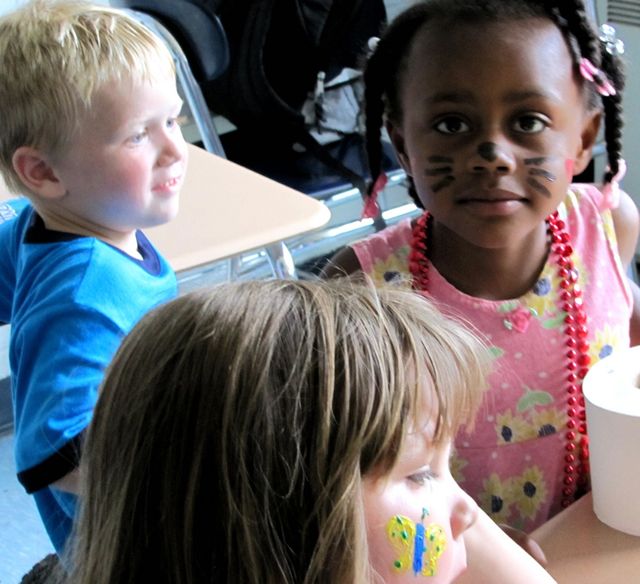October is here which means it is time to focus on celebrating bilingual children!
Although we know that childhood bilingualism is fabulous and fantastic, it feels as if many in this country haven’t yet come to realize this (let alone celebrate it).
When it comes to bilingual children, words such as worry and concern are often used: “We are concerned that the bilingual children in this country won’t learn English, especially if their parents speak to them in their heritage languages at home.”............. CONTINUE READING
Schools
September 27, 2011
The research extolling the benefits of bilingualism abounds in today’s day and age. Bilingualism helps us better understand the structure of languages and can give us an in-depth view of another culture. Bilingualism can delay the onset of Alzheimer’s symptoms. It can help people find jobs here in the United States and in other countries.
Although most of us in the United States don’t start learning additional languages until middle school or college, for some time............. CONTINUE READING
September 19, 2011
As schools open their doors each fall, students from all walks of life enter. Each has the opportunity to share with other students in the amazing experience of education. Wide-eyed and anxious, children slowly lower their guard and allow themselves to get comfortable with their teachers, fellow students and surroundings. The hope is that this experience will be filled with joy and comfort for each and every student.
For many English Language Learners (ELLs), school is a place of laughter, fun and............. CONTINUE READING
September 12, 2011
Research abounds about the benefits of bilingualism: the more exposure to languages from as early an age as possible is the best. Being that our brains are still growing and developing rapidly when we are young, multiple languages can be assimilated as seamlessly as a single language at this age. Some research even goes as far as defining optimal age limits within which languages should be learned for greatest benefits, primarily for picking up a native-like accent. However, experts enthusiastically agree............. CONTINUE READING
August 27, 2011
Back-to-school sales line the aisles of supermarkets and drug stores; children roam department stores picking out new fall clothes; and parents rush around with check-lists of items their children will need in the coming weeks and months.
Yes, the school year is about to begin.
For bilingual children, this time of year may feel a little daunting, especially for those who will be starting school for the very first time. In addition to all of the feelings that many students face on their............. CONTINUE READING
Long before our children have learned to read they will have been exposed to the magic of books. Stories of pixies and trolls, adventure and suspense will have filled their minds with fascination and beauty. We can probably still remember moments snuggled on the sofa as our parents read out loud to us. Magical story lines blossomed before our eyes.
When we were young, so much depended on the way an adult read out loud to us: the eerie intonation of a............. CONTINUE READING
Reading bilingual books with bilingual children can be a wonderful way to help expand comprehension and vocabulary in more than one language. As you read in Dual Language Books Benefit Bilingual Children, children who can read the same story in more than one language reap many benefits. For example, they can transfer their comprehension and vocabulary of a story read in a stronger language to comprehension and vocabulary in a............. CONTINUE READING
July 20, 2011
We’d like to share with you a great opportunity to support early childhood literacy and language development to children in need with bilingual books and educational supplies!
Our friends at Give and Surf Inc. are starting a preschool for ages 3-5 in Bocas del Toro, Panama. The preschool will be educating children from the indigenous Ngobe villages of this underserved area. Their preschool will be the first of its kind in the area.
We all know the importance of early reading for children,............. CONTINUE READING
July 13, 2011
Whether bilingual children speak both of their languages well or are in the process of learning a second language, summer foreign language programs can be a great way to help them become more comfortable in their languages. Without the need to focus on daily schoolwork, summer provides a wonderful opportunity for bilingual children to experience a daily language bath without the pressure of assessment.
The key is to find a program that works well for your child. The first step is to............. CONTINUE READING
May 16, 2011
Research continues to show that support for the home language is an essential element in supporting children’s academic skills. Parents who engage with their children in their home language through discussion, reading books out loud and in everyday activities help children to do better in school, even if the school language is different from the home language. This is in contrast to research many decades ago that encouraged parents to speak the community language at home with their............. CONTINUE READING



